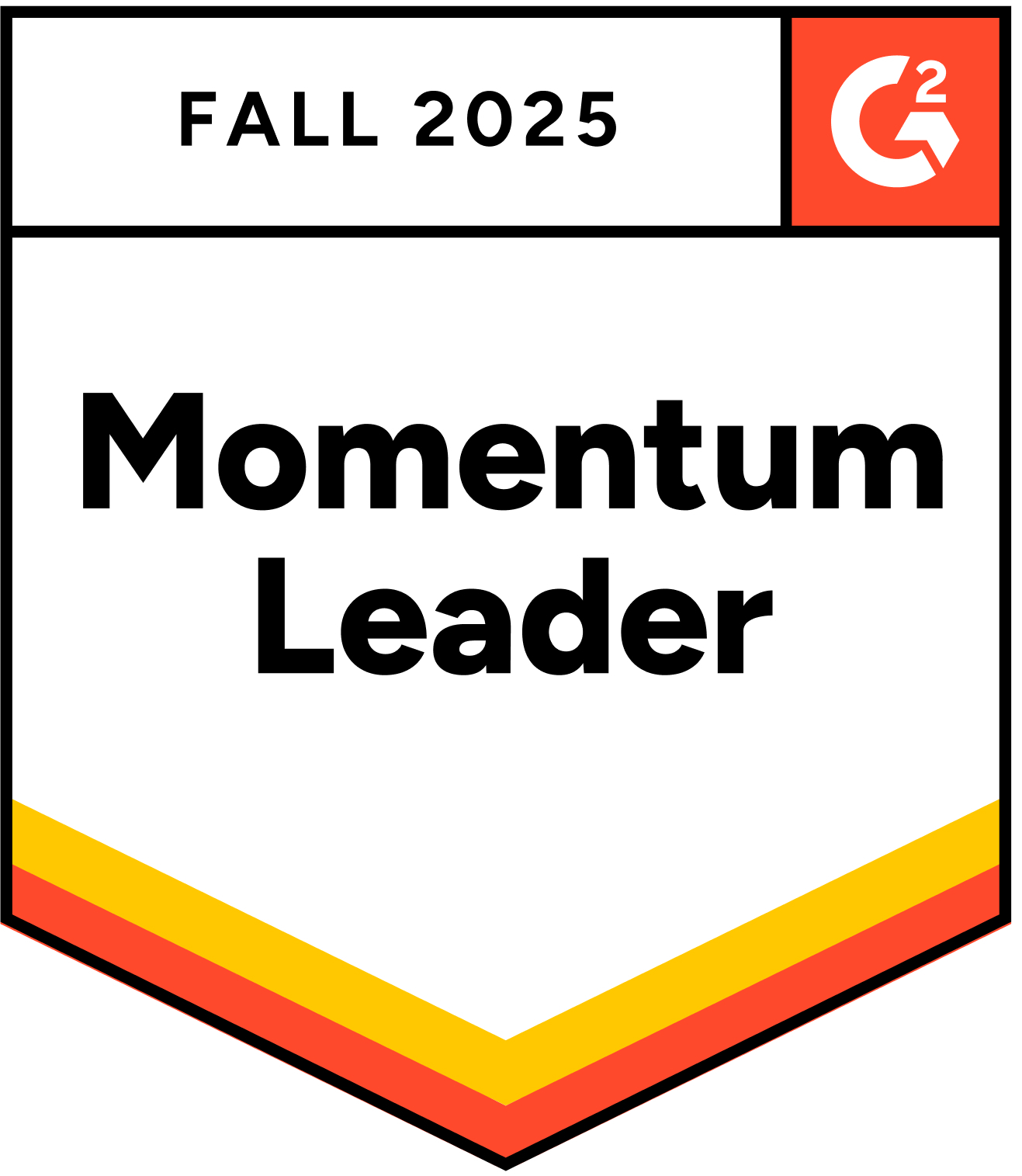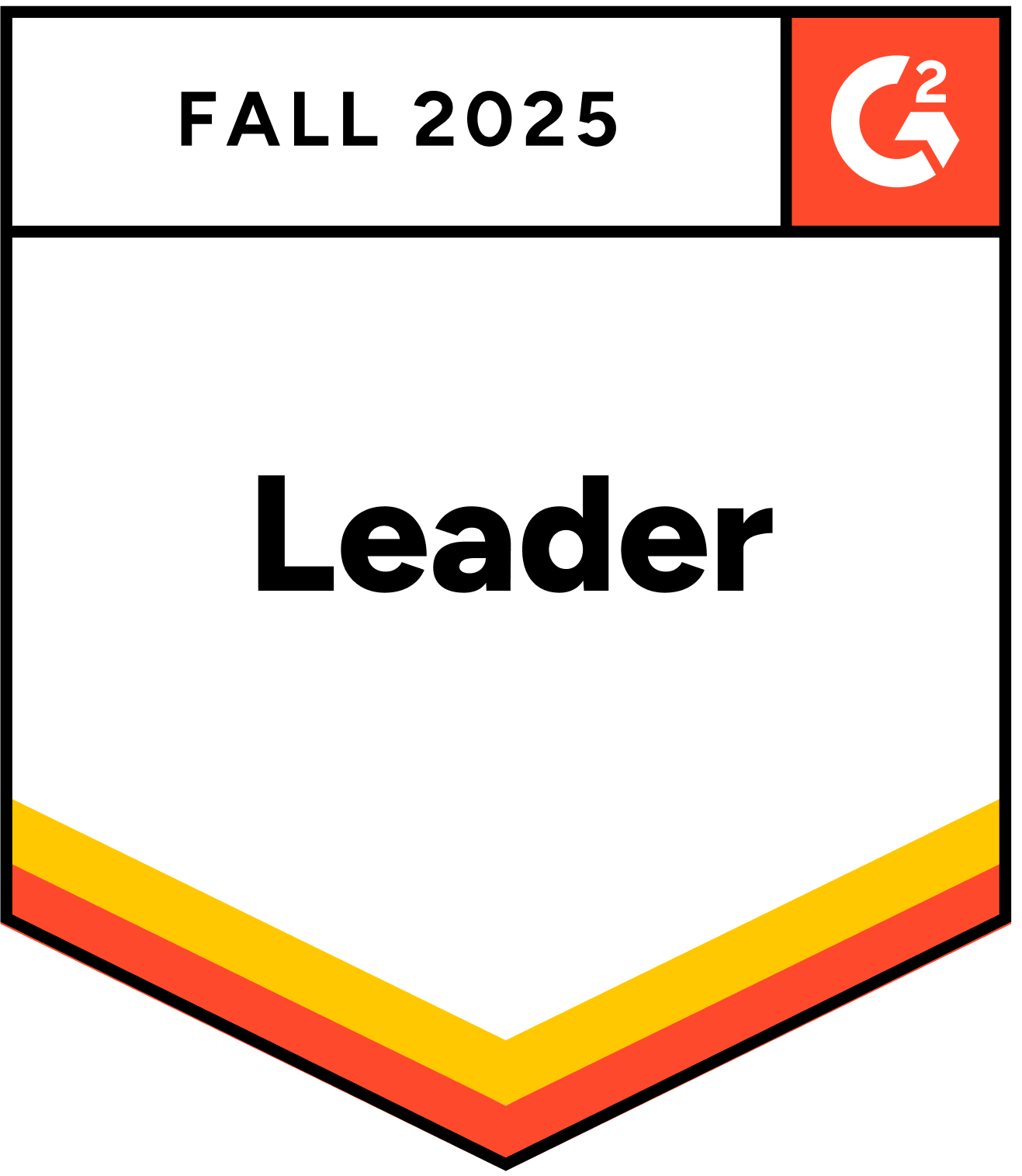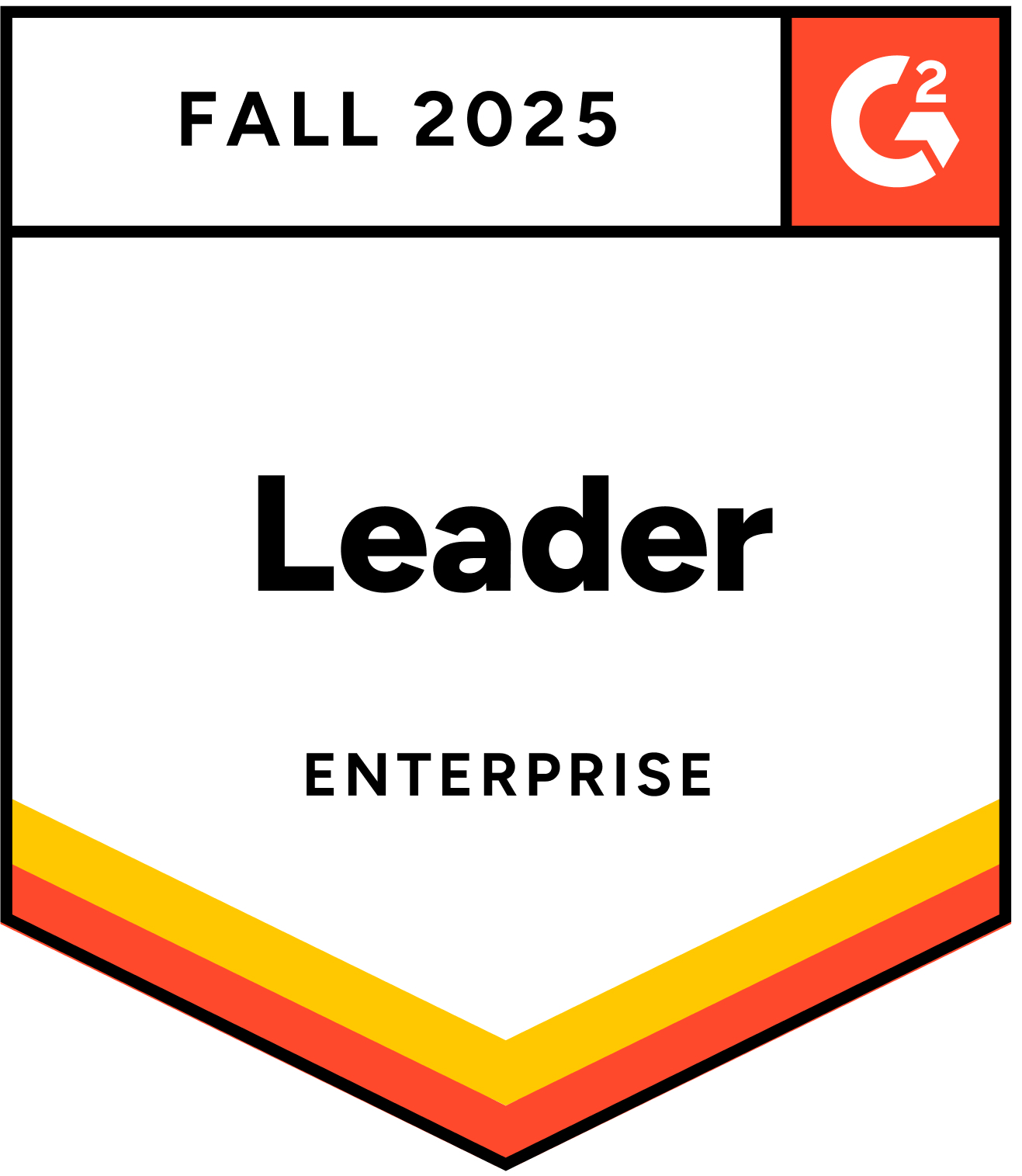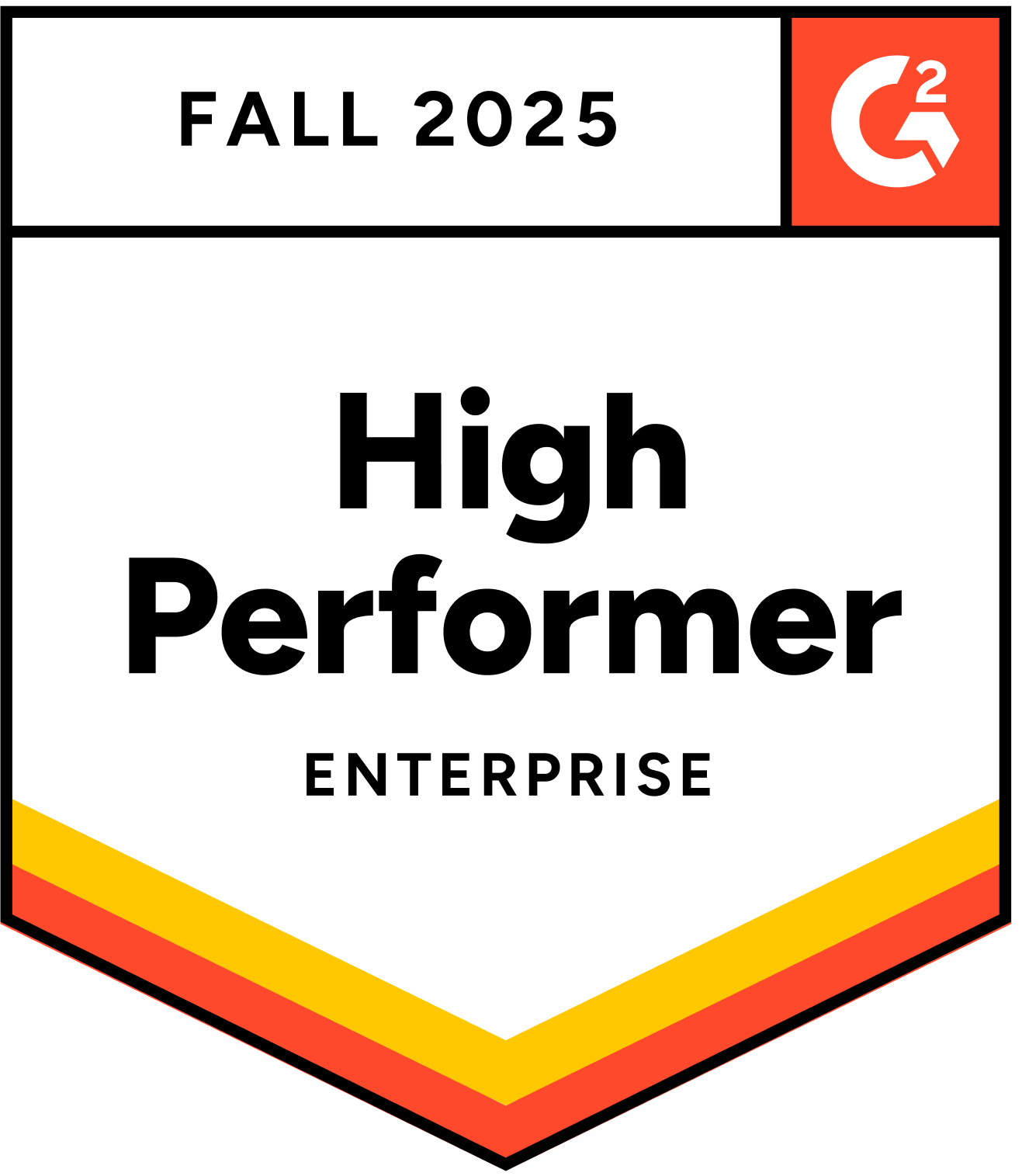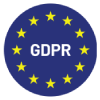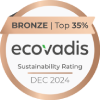Recruitment teams are posting content on TikTok. Qualtrics shares “day in the life” videos. Other companies are doing the same on Instagram and Snapchat. The reason? Handshake’s report states that 73% of college graduates are more likely to apply after watching employer content on social media. These candidates also move through hiring pipelines twice as fast.
Here’s the disconnect: your ads run on job boards, but candidates find you on social platforms.
Where Your Budget Goes vs. Where Candidates Look
Someone hears your company name on a podcast. They watch an employee’s TikTok video. They check Glassdoor. They see a display ad. They Google your company. Then they land on your career site. Multiple touchpoints, none of them job boards.
Now look at where your budget goes. Most job advertising spend flows to Indeed, LinkedIn, and traditional job boards. That’s where programmatic platforms optimize spend and track cost-per-application.
Your advertising strategy assumes candidates start by searching Indeed. They actually start by asking “What’s it like to work there?”
Why This Matters Beyond Branding
Employer branding teams have adapted. They’re creating authentic content and using employees as storytellers. They’re on TikTok and Instagram.
Programmatic advertising teams are still optimizing job board spend. They can’t measure what happens on social platforms. You’re paying to advertise roles where younger candidates rarely search. Those same candidates find your company by Googling your name and getting answers from employee TikToks, Glassdoor reviews, Reddit threads – sources you don’t control. You’re not in the conversation when they form their impression.
Handshake’s data shows candidates want authentic company representation before applying. HR Brew’s reporting confirms employers are now tracking multi-channel journeys. But most recruitment marketing tech stacks can’t connect the dots between a TikTok video view and a job application two weeks later.
What Needs To Change
Recruitment marketing platforms excel at programmatic job board optimization. They track cost-per-application, measure which roles get the best response, adjust spend in real time. That intelligence doesn’t extend to social platforms where Gen Z finds companies.
Some teams are starting to ask different questions. Can we apply programmatic optimization to TikTok and Instagram? Can we measure which social touchpoints lead to applications? Can we optimize budgets across all channels, not just job boards?
At Joveo, we’re fielding these questions more often. Employers want programmatic capabilities extended to where Gen Z actually discovers companies – alongside job boards, not instead of them.
The Question for 2026
Gen Z is entering the workforce in larger numbers. They grew up on TikTok and Instagram and they don’t job search the way Millennials did.
Your employer brand team probably already knows this. They’re making content for these platforms.
The question is whether your recruitment marketing infrastructure has caught up. Can you advertise jobs where candidates discover companies? Can you track and optimize across both worlds?
Or are you still running a 2019 playbook in 2026?



